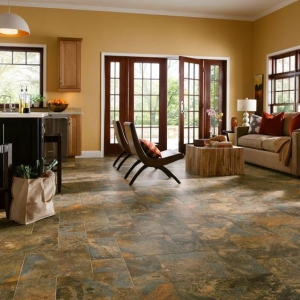A compression spring serves as a mechanical element that resists external pressure, becoming shorter when subjected to a load, resisting that load, and then returning to its original length. This dynamic property allows compression springs to effectively store and release energy. These versatile springs find applications in a wide array of products, ranging from large-scale items like automobile engines and major appliances to precision instruments, medical equipment, mobile phones, and more. Selecting the right compression spring requires careful consideration of the industry and working conditions, as this directly influences the choice of spring material.
How to Choose a Compression Spring: 3 Tips
Consider the Number of Turns:
The total number of turns includes all coils from one top of the spring to the other, while effective turns refer to complete turns performing the spring's function.

Examine the End Type:
Compression spring end types include standard and custom ends, impacting pitch, crush height, total turns, effective turns, free length, and support characteristics.
Standard ends can be open or closed, ground or not ground, affecting the spring rate.
The verticality of the end influences axial spring force transmission; closed ends offer better perpendicularity and stability.
Evaluate Material Selection:
Compression springs are made from various materials, including carbon spring steel, piano wire, stainless steel, and alloy spring steel.

Carbon spring steel, characterized by low plasticity and strong elasticity, is suitable for various grades like 65#, 70#, and 65Mn.
Stainless steel provides corrosion resistance, heat resistance, and good workability, with common grades such as 301, 302, and 304.
Alloy spring steel, featuring a high yield point, is suitable for heavy-duty applications with grades like 60Si2MnA and 50CrVA.
Popular Material: Piano Wire (High Carbon Spring Steel)
Piano wire is a favored material for high-strength applications like exercise equipment and home improvement items.
This high carbon spring steel is cost-effective, offers strong strength, and ensures a good service life.
Ideal for applications where the spring is not a visible part but needs to meet specific working life requirements, especially in dry environments.
In conclusion, understanding the intricacies of compression springs, including the number of turns, end types, and material choices, is vital for selecting the right spring for a particular application. Careful consideration of these factors ensures optimal performance and longevity of the compression spring in its intended use.







